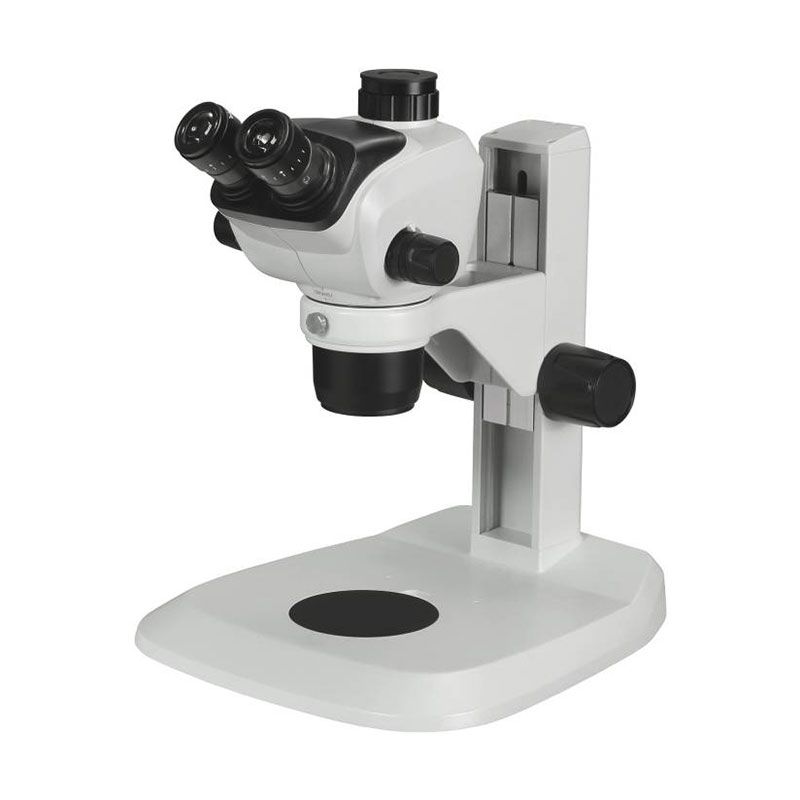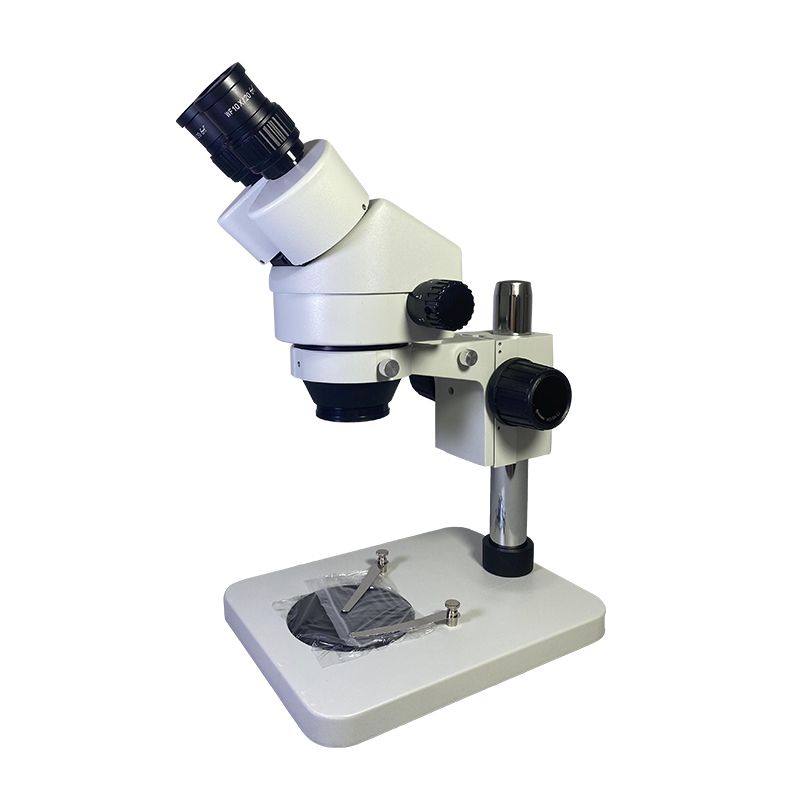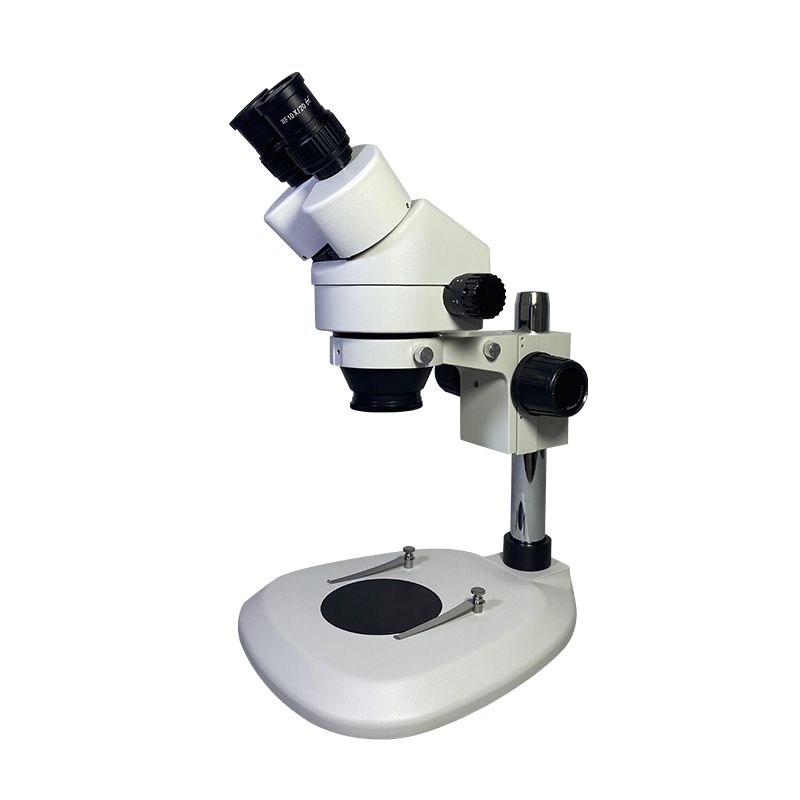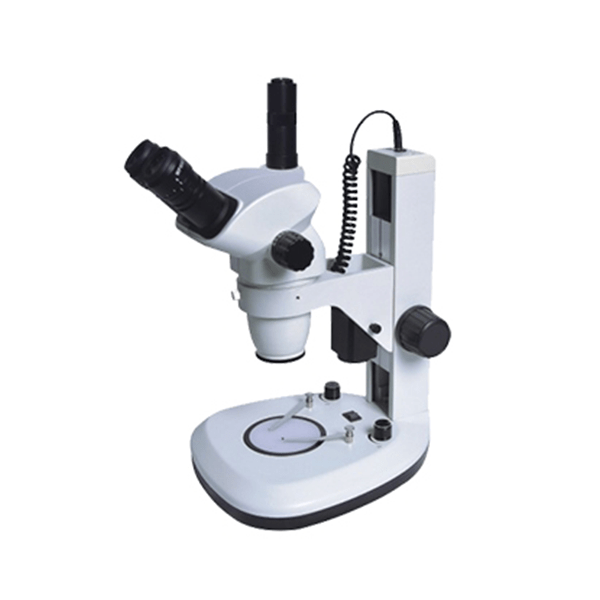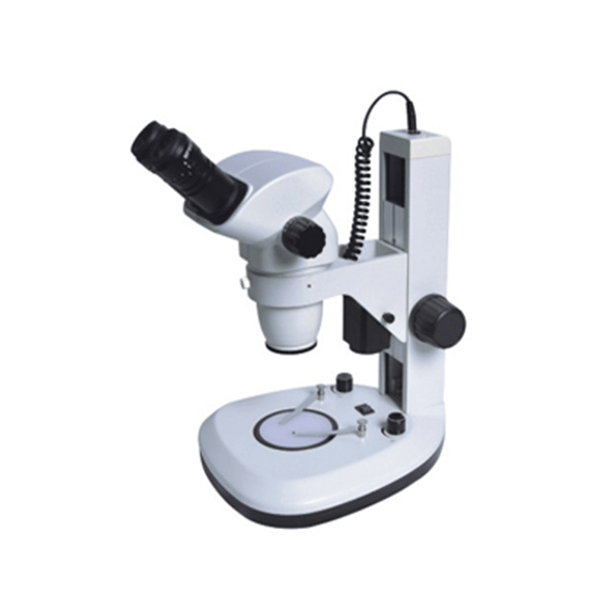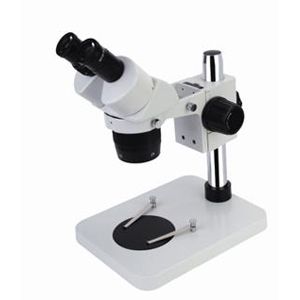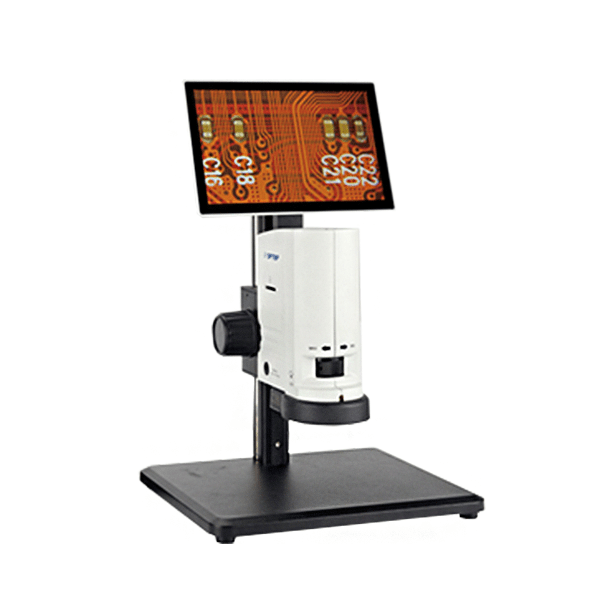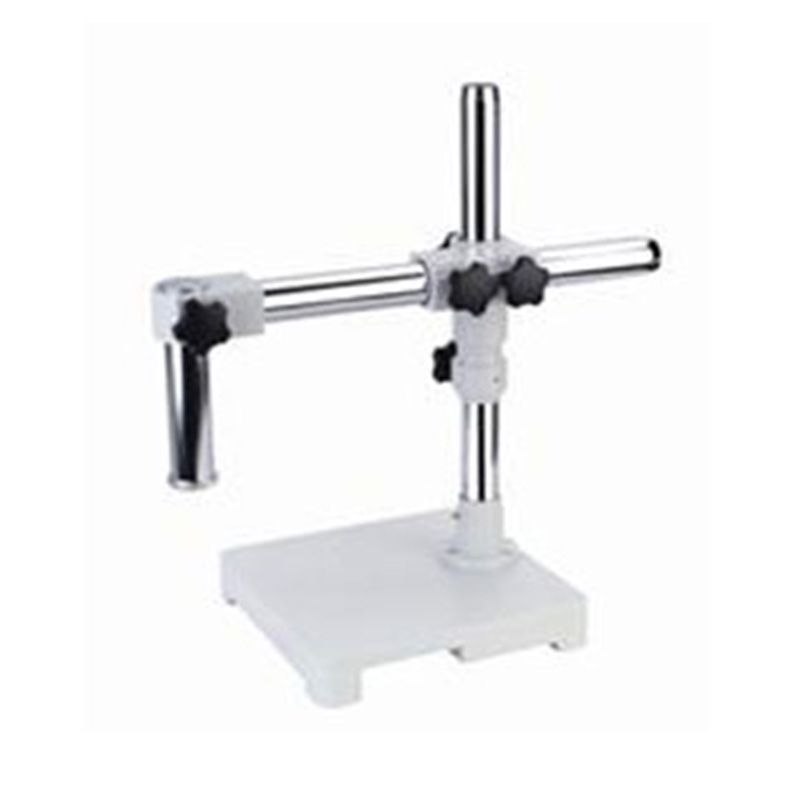Perhaps you’ve wondered what secrets are hidden just beyond the scope of the naked eye. This is where the stereo microscope comes in, serving as a portal to a fascinating world that is invisible to the naked eye. Unlike its powerful cousin, the compound microscope, the stereo microscope does not penetrate the cellular level. Instead, it excels at revealing the magnificent details of already visible objects in stunning three-dimensionality. This guide reveals the secrets of the stereo microscope. We’ll look at the wonders you can see through its lenses, from the delicate veins of a leaf to the intricate details of an insect’s leg. Beyond magnification, we’ll look at how stereo microscopes are used in a variety of fields, including biology and geology, quality control, and hobbies. We will answer common questions to help you choose the best stereo microscope for your needs. So, whether you’re a curious student, a dedicated hobbyist, or a professional looking for a closer look, this guide will illuminate the world revealed by the stereo microscope.
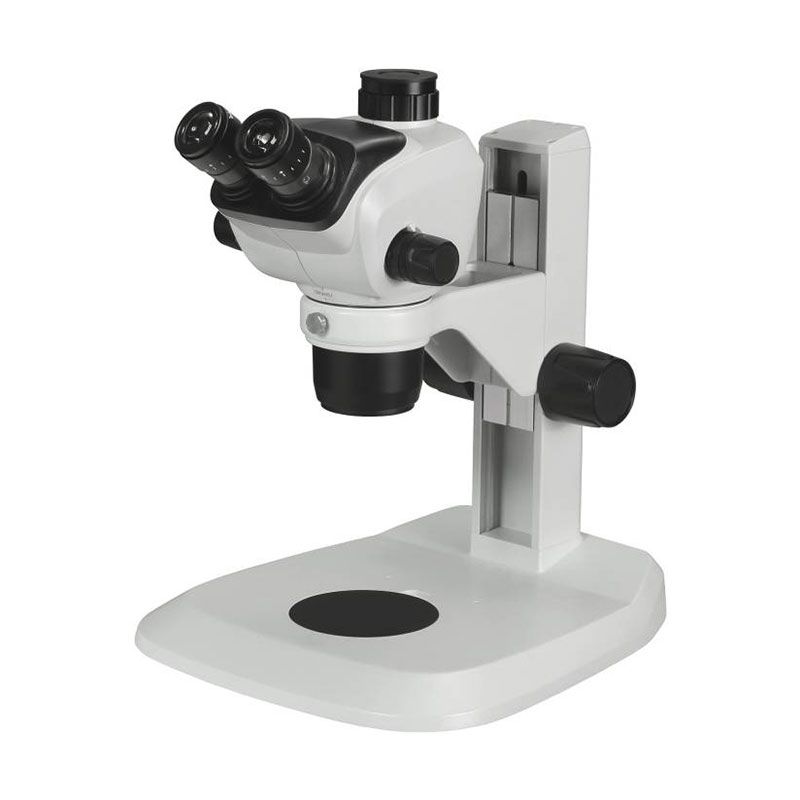
What Can You See With A Stereo Microscope?
A stereo microscope is not intended to study the cellular world. Instead, it excels at revealing intricate details of objects that are visible to the naked eye, but in stunning three dimensions.
Here’s what you can expect to see with a stereo microscope:
- Surface Features in Exquisite Detail: Consider examining an insect leg and seeing the tiny hairs and segmented joints. Or examine a plant leaf, admiring the intricate network of veins and the texture of its surface. Stereo microscopes typically have magnifications ranging from 10x to 50x, allowing you to see these details with great clarity.
- Three-Dimensional Visualization: Stereo microscopes excel at this aspect. Separate light paths for each eye create a stereoscopic image, allowing you to perceive depth. This enables you to appreciate the spatial relationships between different parts of your specimen, which a flat image from a standard microscope would not allow.
- A Wider Field of View: Stereo microscopes provide a larger viewing area than compound microscopes. This is because they do not require high magnification to obtain detailed views. This broader field of view is essential for tasks such as dissecting an organism or inspecting a large but complex object.
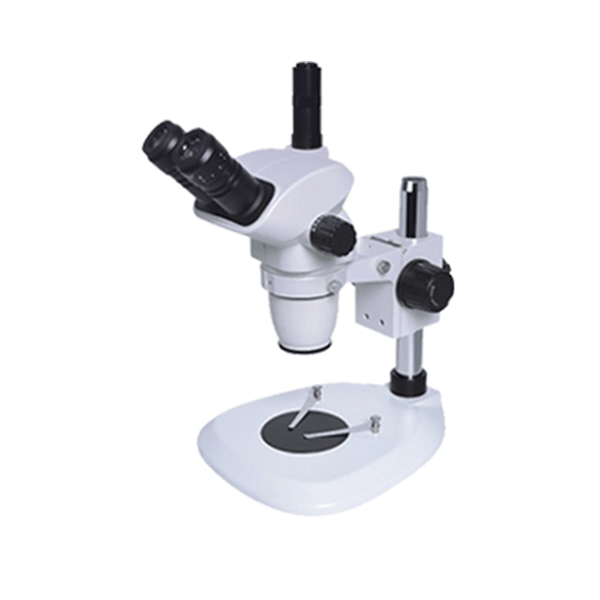
Examples of what you can see with a stereo microscope
- The Natural World: Insects in all their glory, from butterflies’ delicate wings to fly’s compound eyes. Plant structures include pollen grains, seeds, and the intricate details of flowers. Even small creatures like worms, tadpoles, and spiders can be studied in depth.
- The Microscopic World (at a larger scale): Single-celled organisms, such as amoeba or paramecium, can be observed, but not as detailed as with a compound microscope.
- Inert Objects: Minerals and gemstones exhibit hidden textures and crystalline structures. The intricate details of fossils, seashells, and other natural objects become vivid.
- Man-Made Wonders: A stereo microscope can inspect tiny components on circuit boards, intricate watch mechanisms, and detailed jewelry.
Applications of Stereo Microscopes
- Dissection: Stereo microscopes are ideal for dissecting biological samples because they allow you to see the specimen in 3D and have a good working distance.
- Quality Control: Stereo microscopes are used in various industries, including electronics and manufacturing, to inspect components and identify defects.
- Education and Research: These microscopes are extremely useful tools in classrooms and research labs for studying a wide variety of biological and non-biological samples.
- Hobbies and Crafts: Stereo microscopes are a valuable tool for hobbyists and craftspeople, allowing them to examine gemstones and minerals and restore delicate objects.
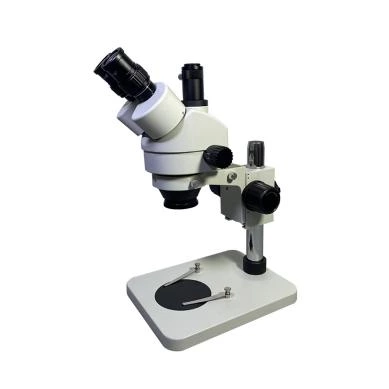
More FAQs About Stereo Microscope
Q1: What Is the Typical Stereo Microscope Magnification Range?
A1: Stereo microscopes typically have a magnification range of 10x to 50x. This magnification allows you to see fine details of objects that are visible to the naked eye but in a much more clear and three-dimensional manner. It’s important to note that stereo microscopes prioritize a wide field of view and a clear 3D image over achieving compound microscopes’ ultra-high magnifications (which can reach 1000x or higher). This makes them ideal for investigating the surface features and spatial relationships of objects rather than delving into the cellular level.
Q2: What Are Some Common Fields That Use Stereo Microscopes?
A2:
- Biology: Stereo microscopes are ubiquitous in biology labs and classrooms. They are useful for dissecting organisms such as frogs, insects, and flowers, allowing students and researchers to see the anatomical structures in detail.
- Entomology: Stereo microscopes make it easier to explore the intricate world of insects. Entomologists use them to study insect morphology, identify species based on unique characteristics, and examine delicate insect parts such as wings and antennae.
- Geology: Geologists use stereo microscopes to examine the texture and structure of rocks and minerals. They can distinguish between mineral components, examine fossils for clues about past life, and investigate the formation processes of various geological features.
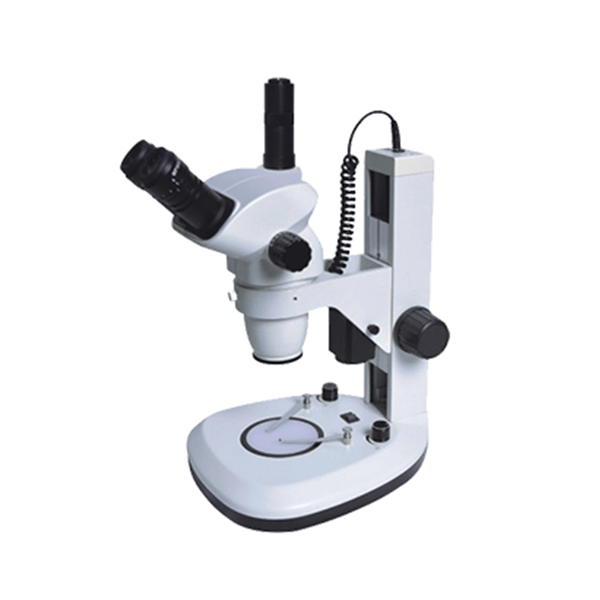
Q3: When Would You Choose a Stereo Microscope Over Another Microscope?
A3:
- Observing Larger Objects: Stereo microscopes offer lower magnification (10x-50x). This makes them ideal for viewing objects that are visible to the naked eye but require much more detail.
- Needing a 3D View: A stereo microscope’s main advantage is its ability to produce three-dimensional images. This is critical when attempting to understand the spatial relationships between various parts of your specimen.
- Working Distance and Manipulation: Stereo microscopes provide a greater working distance between the objective lens and the specimen compared to compound microscopes. This gives you more room to maneuver tools like scalpels or tweezers during dissections or manipulations on the object under observation.
- Studying Opaque Objects: Stereo microscopes are ideal for examining opaque objects, which do not allow light to pass through. This is because they use reflected light illumination rather than compound microscopes, which require light to pass through a thin slice of the specimen.
Q4: What Are Some Things to Consider When Choosing a Stereo Microscope?
A4:
- Magnification and Zoom Range: Consider your typical magnification range. If you will be working with a variety of object sizes, a wider zoom range (e.g., 10x-80x) will provide more flexibility.
- Working Distance: This is the distance between the objective lens and the stage where you place your specimen. A longer working distance provides more room for manipulation while dissecting or using tools.
- Field of View: A larger field of view is beneficial for studying larger objects or tracking your location during dissection.
- Illumination: Stereo microscopes typically provide incident (top) and transmitted (bottom) lighting options, or a combination of the two. Choose based on the type of specimen: incident lighting is best for opaque objects, while transmitted lighting is better for translucent samples.
- Image Quality: Look for a microscope with high optical quality, which produces sharp, clear images with minimal distortion or color aberration.
- Brand Reputation: Choose reputable brands with quality optics and reliable customer service.
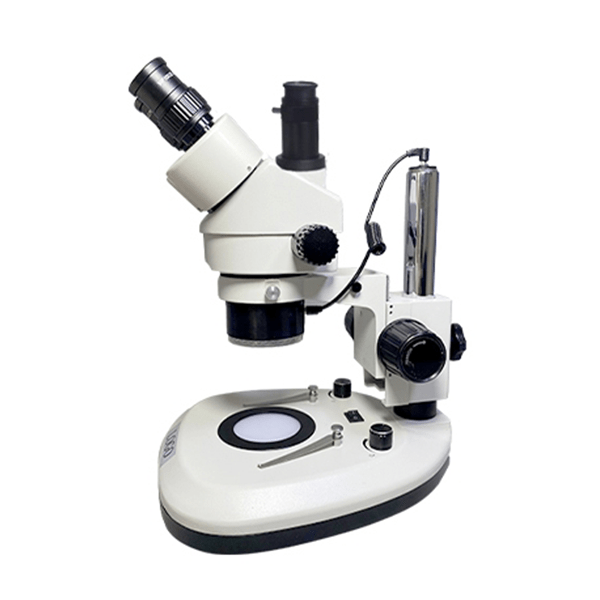
Conclusion
This guide has provided you with the necessary information to begin your adventure. As you delve deeper, you’ll find countless applications and fascinating discoveries waiting to be made. Whether you’re a budding entomologist looking to study insect morphology, a geologist fascinated by the intricate textures of rocks, or simply someone curious about the hidden details of the everyday world, choose a microscope that matches your interests and has the features you’ll need to explore. A stereo microscope allows you to see the world around you in a whole new way.
